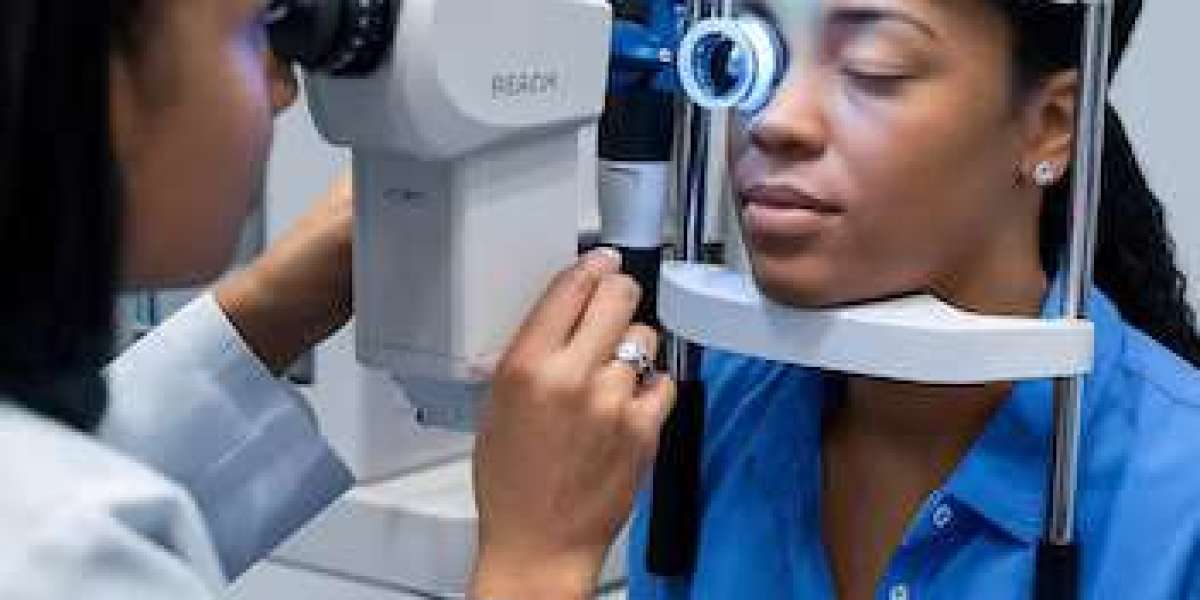Nystagmus is a condition characterized by involuntary eye movements that can affect vision and balance. These movements can be horizontal, vertical, or rotary and may occur continuously or intermittently. Nystagmus can be congenital (present at birth) or acquired due to various underlying conditions, such as neurological disorders, medication side effects, or alcohol intoxication. While nystagmus itself is not typically harmful, it can lead to visual impairments, difficulties with depth perception, and challenges in everyday activities.
1. Understanding Nystagmus
Nystagmus can be classified into two main categories:
Congenital Nystagmus: This form is present at birth or develops in infancy. It often has no underlying neurological issues and may not significantly affect vision. Individuals with congenital nystagmus typically learn to compensate for their eye movements.
Acquired Nystagmus: This type develops later in life and is often associated with other medical conditions, such as multiple sclerosis, stroke, or head injuries. Acquired nystagmus can significantly impact vision and quality of life, making effective treatment essential.
2. Goals of Nystagmus Treatment
The primary goals of nystagmus treatment include:
Improving Visual Acuity: Enhancing the clarity of vision and the ability to focus on objects.
Reducing Eye Movements: Minimizing the frequency and intensity of involuntary eye movements.
Improving Balance and Coordination: Helping individuals maintain stability and navigate their environment more effectively.
Enhancing Quality of Life: Addressing the social and psychological impacts of living with nystagmus.
3. Treatment Options for Nystagmus
Treatment for nystagmus varies based on its cause, severity, and the individual’s specific needs. Options may include:
3.1. Corrective Lenses
Glasses: Prescription glasses can help improve vision in some individuals with nystagmus, especially if associated refractive errors like nearsightedness, farsightedness, or astigmatism are present.
Prism Lenses: Special prism glasses can help realign visual images and reduce the impact of nystagmus on vision.
3.2. Vision Therapy
Eye Exercises: Vision therapy may involve specific exercises designed to improve eye coordination and control. These exercises aim to help the brain adapt to the eye movements associated with nystagmus.
Fixation Techniques: Patients may be taught techniques to stabilize their vision by focusing on specific points or objects, which can help reduce the impact of involuntary eye movements.
3.3. Medications
While there is no specific medication to cure nystagmus, certain drugs may help manage symptoms or underlying conditions contributing to acquired nystagmus. Medications such as gabapentin, baclofen, or memantine have shown promise in some cases, particularly for patients with acquired nystagmus due to neurological disorders. However, the effectiveness of these medications can vary, and it is crucial to consult with a healthcare professional for a tailored approach.
3.4. Surgical Options
In more severe cases of nystagmus, particularly when it significantly affects vision and quality of life, surgical interventions may be considered:
Nystagmus Surgery: Surgical procedures may involve adjusting the muscles around the eye to improve alignment and reduce the frequency of involuntary movements. These surgeries are typically more effective for congenital nystagmus than for acquired forms.
Botulinum Toxin (Botox) Injections: In some cases, Botox may be injected into the eye muscles to temporarily reduce the intensity of eye movements. This treatment is generally more effective for acquired nystagmus.
4. Lifestyle Modifications and Support
While medical treatments can help manage nystagmus, certain lifestyle changes can also support overall well-being:
Vision Aids: Utilizing magnifying glasses, telescopes, or other assistive devices can help improve visual clarity and make daily activities easier.
Environmental Adjustments: Making modifications at home and in workspaces, such as improving lighting and reducing glare, can enhance comfort and safety.
Support Groups: Connecting with others who have nystagmus can provide valuable emotional support and practical tips for managing the condition.
5. Consultation with Eye Care Professionals
If you suspect that you or a loved one may have nystagmus, it is essential to seek evaluation from an eye care professional, such as an ophthalmologist or optometrist. They can conduct a comprehensive eye examination, determine the type and cause of nystagmus, and recommend appropriate treatment options tailored to individual needs.
Conclusion
Nystagmus can pose challenges to vision and daily living, but various treatment options are available to help individuals manage the condition effectively. From corrective lenses and vision therapy to medications and surgical interventions, the right approach depends on the individual’s specific circumstances. With proper diagnosis and treatment, many people with nystagmus can achieve improved vision, enhanced quality of life, and the ability to navigate their world more confidently. If you or someone you know is struggling with nystagmus, consult with an eye care professional to explore the best treatment options for your needs.



